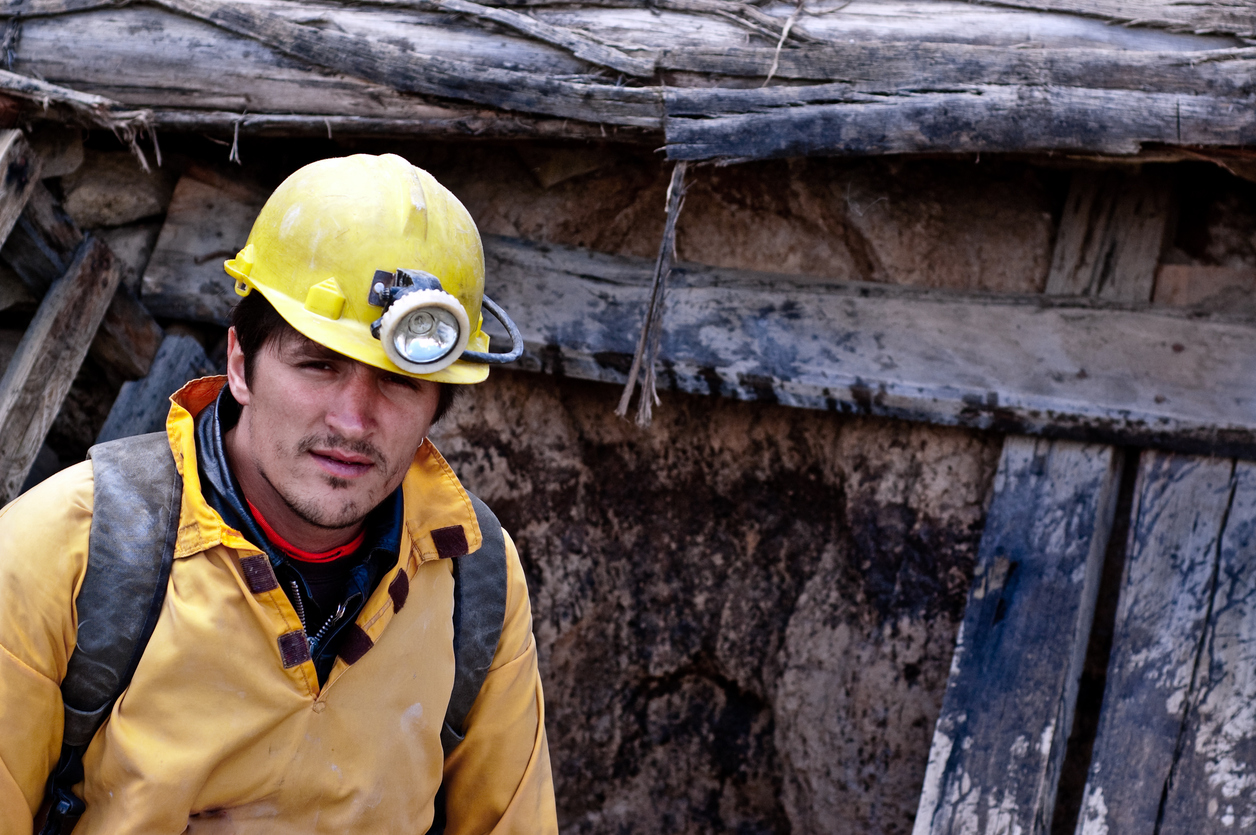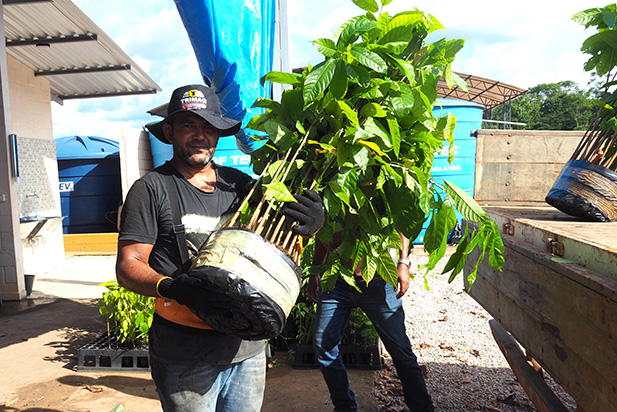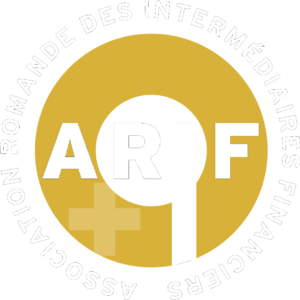Responsible Metals Mining: Making a Positive Contribution!
The United Nations (« UN ») agreed in 2000 to begin a wide-ranging program of work committed to improving the quality of life of the world’s poorest communities. This agreement led to the launch of the Millennium Development Goals (« MDGs »), eight measurable, universally agreed upon objectives for tackling extreme poverty and hunger, preventing deadly diseases, and expanding primary education to all children, among other development priorities.
However, while there was considerable success across the eight goals, there was a recognition that the MDGs didn’t go far enough in certain areas. This led to the adoption of the Sustainable Development Goals (« SDGs ») by 193 heads of state and governments at a special UN Sustainable Development Summit in September 2015. There are 17 SDGs which, according to the UN, are unique in their coverage of issues that affect the whole of society and reaffirm international commitment to end poverty and involve us all to build a safer, more sustainable, and more prosperous planet.
In addition to the original MDG focus on poverty, hunger, and healthcare, the objectives of the 17 SDGs now also include impacting climate change and clean energy and responsible production, all of which are subject to their own specific SDG. Ultimately, however, there is strong interconnectivity among all of the targets, as progress made on a specific goal will positively influence others.
THE MINING SECTOR IS IDEALLY POSITIONED TO PLAY A CONSIDERABLE ROLE IN DELIVERING THE TARGETS SET OUT IN THE SDGS.
Unlike many sectors, mining is not linked to just one or two of the goals; operations have the potential to contribute to several SDGs at any one time. The International Council on Mining and Metals (« ICMM ») has researched the link between mining and the SDGs at length and states that this potential “is due to the multifaceted impacts (both positive and negative) that companies and operations can have on communities, ecosystems, and economies. These impacts, coupled with the fundamental importance of metals and minerals to modern life, illustrate the influence of mining on all of the SDGs. In addition, many mining and metals companies have acquired valuable experience working in partnership with governments, civilian organizations, and development agencies in order to operate effectively in some of the world’s most remote, environmentally sensitive regions, which also need assistance in building institutional capacity and governance. This knowledge and experience must captured and shared in new ways in order to unlock the potential that mining can bring to the ambitious, integrated global agenda represented by the SDGs.”
The production and uses of silver illustrate how a metal and sustainable development goals (« SDGs ») can be fundamentally connected. as expressed by the United Nations..
Over half of the silver produced is used in industrial applications, many of which are central to modern technology and directly related to specific SDGs. Because of silver’s critical role in the electronics sector, we are all connected we all benefit from the reliable and efficient operation of many cutting-edge clean technologies that rely on silver’s unique chemical and physical properties.







